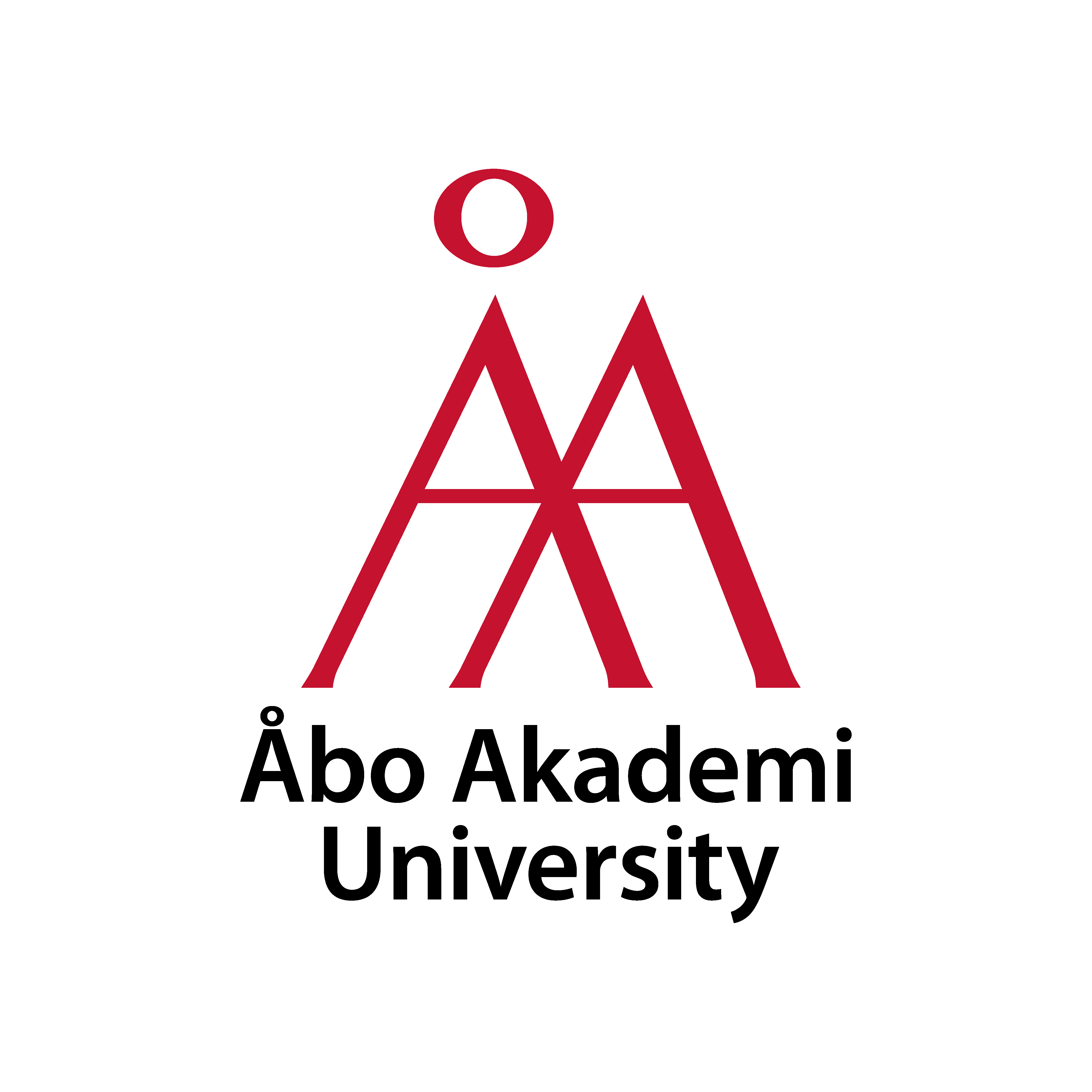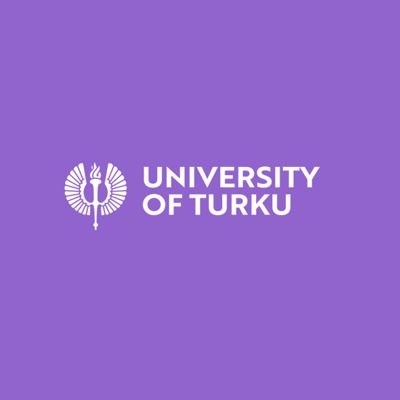Human Diversity Seminar
15th May at 10:15-12:00
Hybrid event
in Agora building, hall XXI and https://utu.zoom.us/j/61515345616
Prof. Juha Kere, Department of Biosciences and Nutrition, Karolinska Institutet, Sweden
Genes, environment and chance
Dr. Elina Salmela, Department of Biology, University of Turku; Max Planck Institute for Evolutionary Anthropology, Leipzig
The skull of a saint? A genetic analysis of the purported cranium of St. Henry from the Cathedral of Turku
Human Diversity (Profi7 consortium at UTU) arranges interdisciplinary seminar series to present the wide variety of research in the field, highlighting interdisciplinary research associated with the consortium. The topics include human population genomics, ancient DNA, ancient pathogens and diseases as well as life history traits in humans, archeology and linguistics.
Get to know the topics
Juha Kere
In genetics, we often think of gene effects as rather deterministic, as illustrated by monogenic inheritance and diseases. However, besides the genes and environmental effects, chance is the third major factor in multiple aspects of our lives, including even developmental processes. I will discuss major aspects of genetic research findings and applications, including our improved understanding of the genetic architecture of complex disorders and of gene regulation, a new approach for drug discovery, and the low utility of polygenic risk scores (PRS) as predictors of common, complex disorders such as coronary artery disease. As alternative approaches for personalized medicine, I will briefly highlight new methods based on proteomics, metabolomics, cell-free-DNA (cfDNA), and imaging technologies as dynamic markers of health.
Elina Salmela
In 1924, a human skull was found carefully hidden in a wall niche in the main cathedral of Turku. The skull’s origin (i.e., provenance) is unknown, but some claim it to have belonged to St. Henry, the patron saint of now-Lutheran Finland, whose historicity, however, is unclear. The skull has been radiocarbon dated to the 11th-12th century CE, in congruence with the legend of St. Henry, which portrays him as a bishop of Uppsala who arrived in Finland in the 1150s to baptize the natives and got murdered by a local peasant. We have sampled the skull for ancient-DNA sequencing, and I will present results of analyses attempting to pinpoint the individual’s genetic history on the map.



